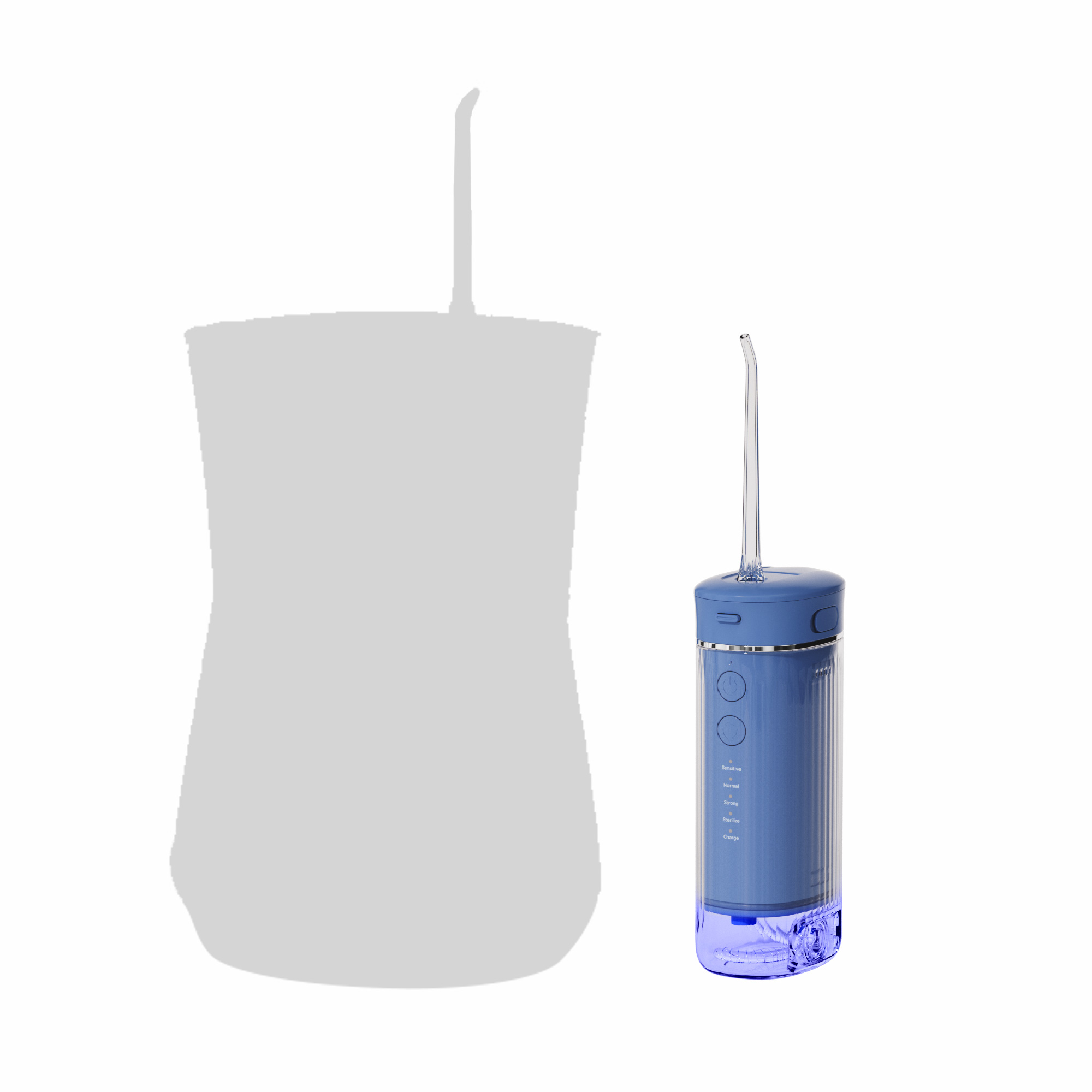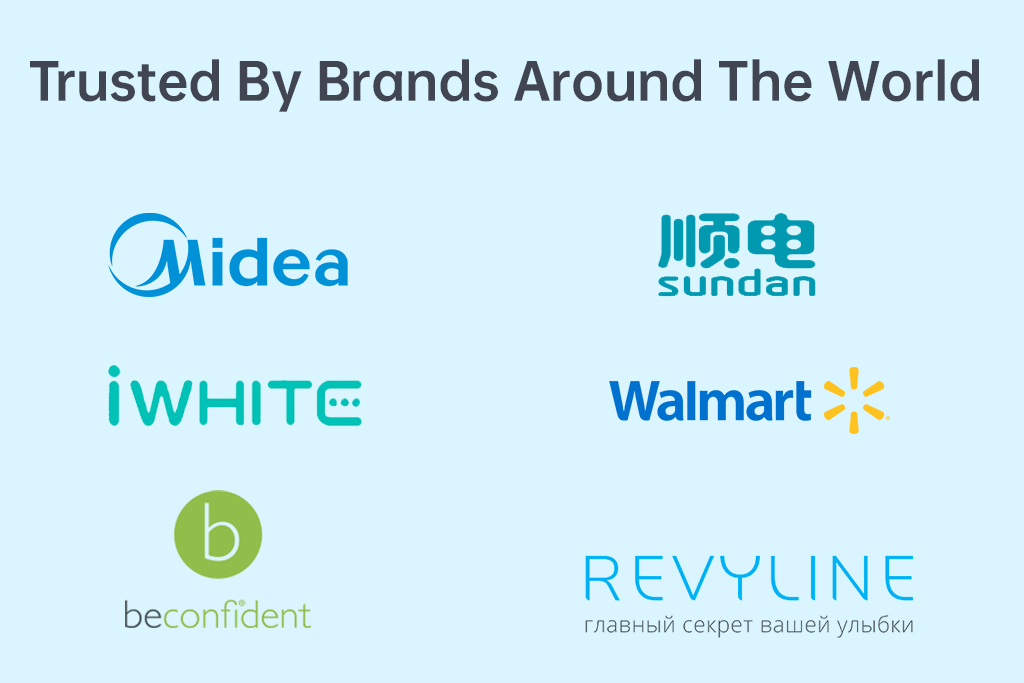As the demand for at-home cosmetic dental solutions continues to rise, the home teeth whitening device has become one of the most sought-after tools in oral care. For oral care product brand owners, ensuring consumer satisfaction doesn’t stop at manufacturing quality — it also depends heavily on how well end-users understand proper use. Therefore, communicating the correct precautions during use and guidance on how to maximize the effectiveness of the home teeth whitening device becomes a vital brand responsibility. This article provides a strategic overview for brand managers looking to ensure customer satisfaction and product performance through proper usage education.
Before consumers begin whitening treatments, it’s essential they understand how the device works — whether it uses LED light activation, peroxide gel, or blue light technology. Without this knowledge, incorrect handling may reduce the effectiveness of the home teeth whitening device. Brand owners should work closely with manufacturers to include simple, multilingual instructions and intuitive visuals.
Key Precaution:
Avoid using the device without reading the product manual in full. Misuse can lead to tooth sensitivity, gum irritation, or unsatisfactory results.
Many users mistakenly assume that longer or more frequent use leads to faster results. This misconception can result in enamel erosion or heightened sensitivity. Manufacturers and brands must emphasize the recommended usage duration per session (usually 10–30 minutes) and overall treatment cycle.
Home teeth whitening device usage precautions should include:
Do not exceed recommended time per session.
Avoid using more than once per day unless clinically approved.
Take rest days to allow enamel to recover.
How to maximize the effectiveness: Adhering strictly to timing helps achieve visible whitening without compromising tooth integrity.
For whitening agents to work efficiently, teeth must be clean and dry before application. Residual saliva or plaque can act as barriers and reduce gel penetration.
Recommendation for Brands:
Provide pre-treatment cleaning wipes or suggest brushing with a non-fluoride toothpaste 30 minutes before use. This helps increase the device’s efficacy and reduces user error.
Home whitening is designed for gradual change. Sudden or intensive whitening may backfire. Brands should promote a schedule that focuses on consistent daily use over a specified period (e.g., 7–14 days) rather than sporadic or aggressive applications.
How to maximize the effectiveness of the home teeth whitening device:
Encourage a routine.
Use daily reminders or app-based scheduling (for smart devices).
Avoid skipping treatment days.
Immediately after whitening sessions, teeth are more porous and prone to discoloration. Users should be instructed to avoid coffee, tea, red wine, tobacco, or dark foods for at least 1–2 hours post-use.
Precautions during use must include a post-treatment guide such as:
“For best results, avoid staining agents after each session to maintain whitening effects longer.”
This step is often overlooked but critical in maintaining results, especially when users invest in multi-day kits.
One of the most common side effects of whitening treatments is tooth sensitivity. Brands should prepare users for this possibility and explain how to manage it (e.g., spacing sessions farther apart, using desensitizing gels).
Home teeth whitening device usage precautions should also state:
Discontinue use if severe discomfort occurs.
Consult a dentist before resuming treatment.
Not suitable for children or individuals with active dental issues.
For B2B buyers, such as oral care brands and private-label distributors, product success is tied not only to device performance but also to consumer understanding. By clearly communicating precautions during use and best practices on how to maximize the effectiveness of the home teeth whitening device, you ensure better customer outcomes and fewer product returns.
Recommendation:
When selecting a manufacturing partner, prioritize those who offer support in developing comprehensive instruction manuals, visual guides, and even digital tutorials. A well-informed user is the best advocate for your brand.

Water Flosser Working Principle Explained by a Direct OEM Factory

FAQ for New Water Flosser Brands: Avoiding Costly OEM Mistakes
.jpg)
What Methods Can Be Adopted in Increasing the Sales of Water Flossers?
Enamel Transparency Plus Taste Loss – Permanent Damage?
.webp)
How Do Electric Toothbrush Market Trends Influence Electric Toothbrush Supplier Certification?
.jpg)
No More Missed Spots: How Our Manufacturer Ensures Your Water Flosser Reaches All Teeth
.jpg)
Where to Find Electric Toothbrush Manufacturer Reviews to Identify the Best Electric Toothbrush for Distributors?
Overbleaching Risk and Gum Recession – Fair Trade?
.jpg)
Choosing Between a Sonic vs Oscillating Toothbrush Supplier?

The Core Benefits of Brand Owners Promoting Water Flossers and How to Meet Marketing Needs to Increase Sales

The Advantages of Cooperating with Competitive Factories for the Growth and Expansion of Brand Owners

How to Compare Electric Toothbrush Suppliers When Selecting a Philips Sonicare Supplier Wholesale?
.jpg)
Water Flosser Price Factors & Supplier Screening: A Strategic Sourcing Guide
Sensor Failure During Overpressure Damage – Double Trouble?
Tongue Numbness After Hydrogen Peroxide Burns – Normal?
sonic electric toothbrush Tucson

Customization Teeth Whitening Gel

electric toothbrush heads Charcoal Infuse-Round

electric toothbrush heads Regular Clean

Private Label Whitening Gel
.jpg)
Florida Electric Toothbrush – Powsmart PTR-C8

electric toothbrush heads Ultra Soft

electric toothbrush heads Deep Clean

Electric toothbrush heads Charcoal Infused-Diamond
whstapp
whstapp
National Toll-Free Service Hotline
+86 755 86238638